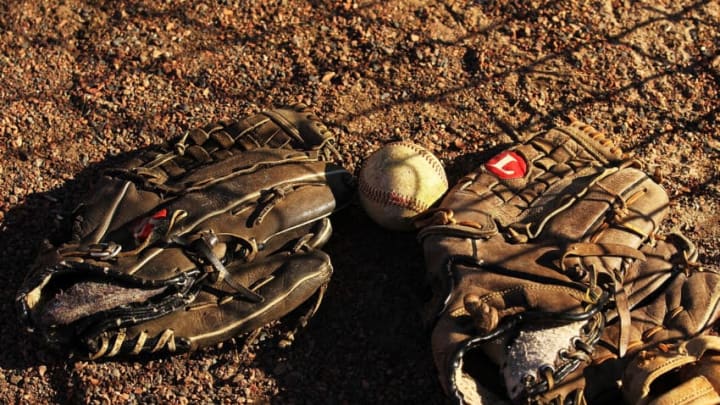
As MLB gets on track in the second half, let’s look at how the top prospects have shifted over the first half.
Last offseason, Call to the Pen contributor Benjamin Chase presented a top 125 MLB prospects list, and he will provide a midseason update to that list here.
This list will include recent draft picks, but it will not include the most recent international free agents that were signed on July 2 as there is just too little truly known about those players right now. Of course, as you’ll see, a few players from the 2016 IFA class make the list, and they have had minimal playing time in pro baseball, but that’s still something to view compared to the showcases of those just signed.
We will be releasing the list 10 at a time, with an extra list on Friday of 25 players to watch in the second half of the season that could jump into the top 50 by the end of the season.
This list is compiled by Ben through his own viewings on these prospects and contacts with scouts, team officials, and other writers in the industry who have had a chance to see the players that he has not yet seen to get scouting reports on those guys. In general, most players have 3-5 reports to put together to review.
Players that are in the major leagues and have expired their rookie eligibility or are expected to do such this season are not included in this list, so guys like Bradley Zimmer, Sean Newcomb, and Clint Frazier are not included on this list as they are up for their teams and seemingly in a role that would portend them expiring their rookie eligibility, and Ben wanted to highlight those players who will retain prospect status by the end of the season most likely.
Let’s get to today’s group, #11-20.
